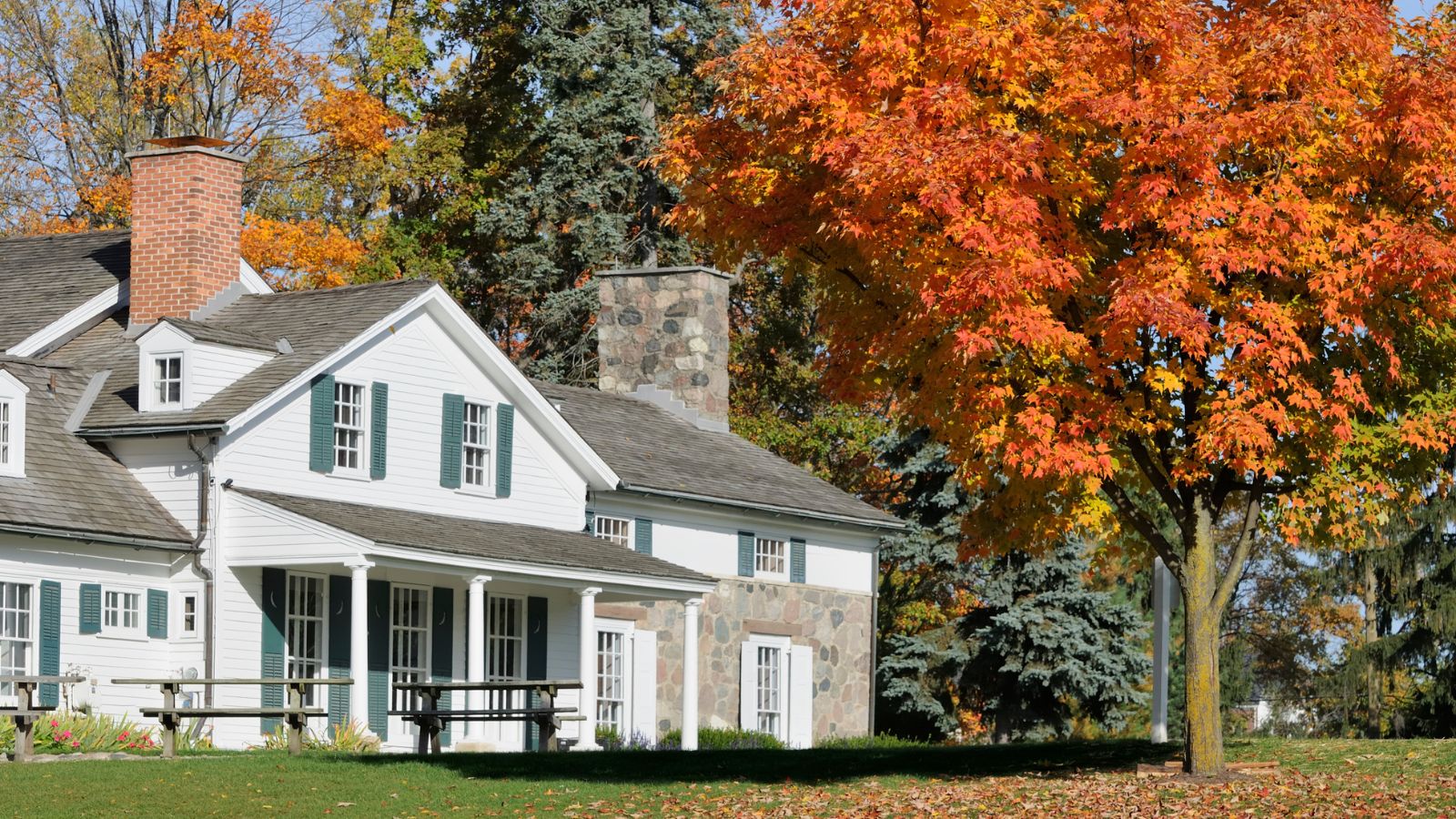
We're always looking for ways to save money at home, particularly during costly renovations.
When it comes to keeping a house warm, glass wool insulation uses melted, spun glass for an eco-friendly alternative to traditional insulation options, such as mineral wool.
But how do you know if it's right for your home before investing? And what are the pros and cons? We spoke to construction and insulation experts for their thoughts, so you can keep your house warm without turning up the heat.
What is glass wool insulation – and how to know if it's right for your home
What is glass wool insulation?
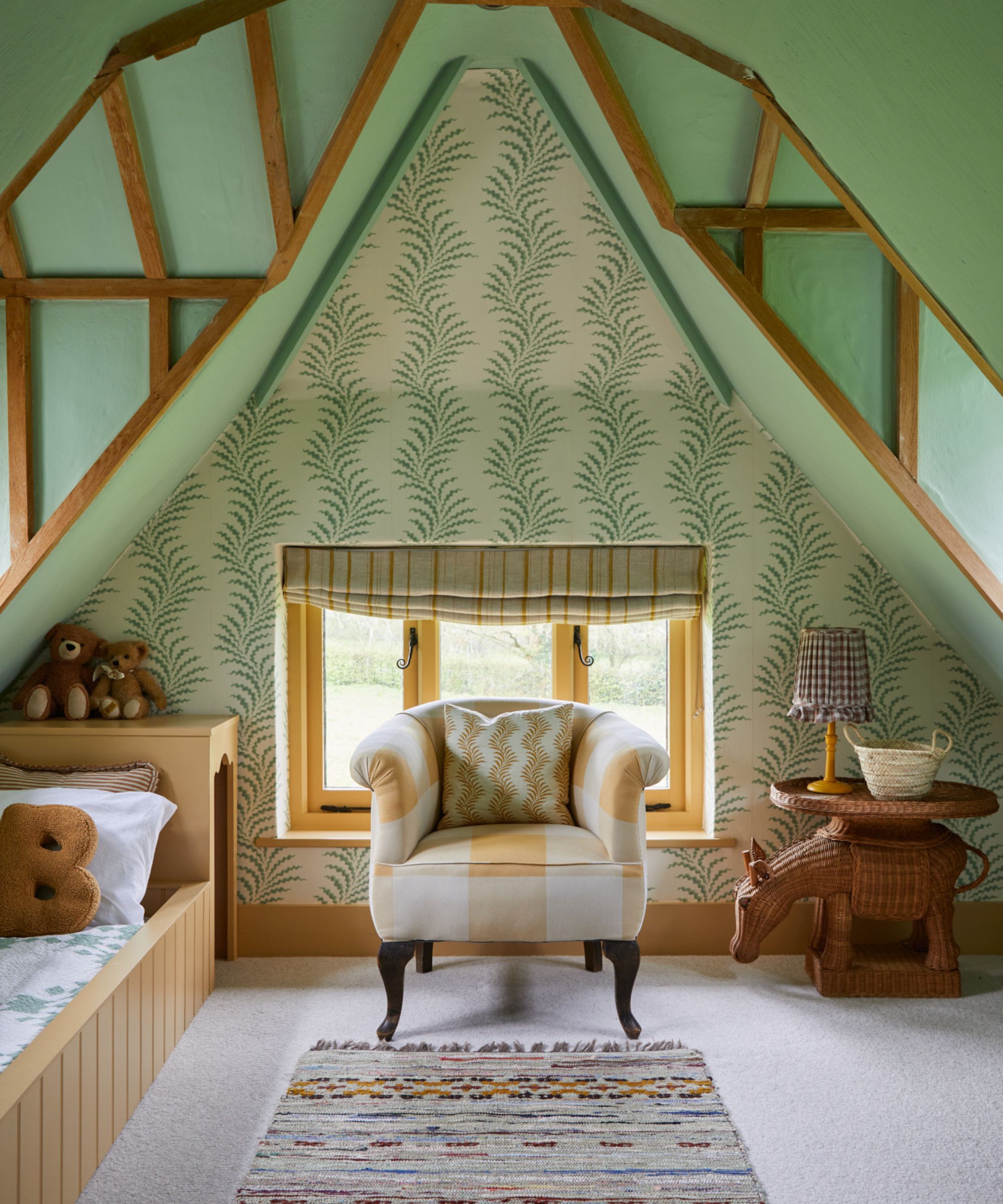
During house-builds and renovations, one of the main things to consider is insulation to keep rising energy costs as low as possible. Consider all areas, including insulating a basement ceiling or even insulating a crawl space.
Using traditional materials such as mineral wool, available at Amazon can be costly, so glass wool is an effective, cheaper alternative you may not have heard of before.
'Glass wool insulation is a fun name for fiberglass insulation,' says Josh Rudin, owner at ASAP Restoration LLC, with over 20 years of experience in the construction industry. 'It is a blend of glass filaments and fibers made from spun melted glass at extremely high temperatures.'
The fine glass fibers then trap air to reduce heat transfer, holding warmth into your home. 'It's inexpensive, fire-resistant, and easy to install,' adds Jerome Bertuglia, owner of a residential construction company, Prime Homes, Inc., with over 30 years of experience with glass wool insulation.
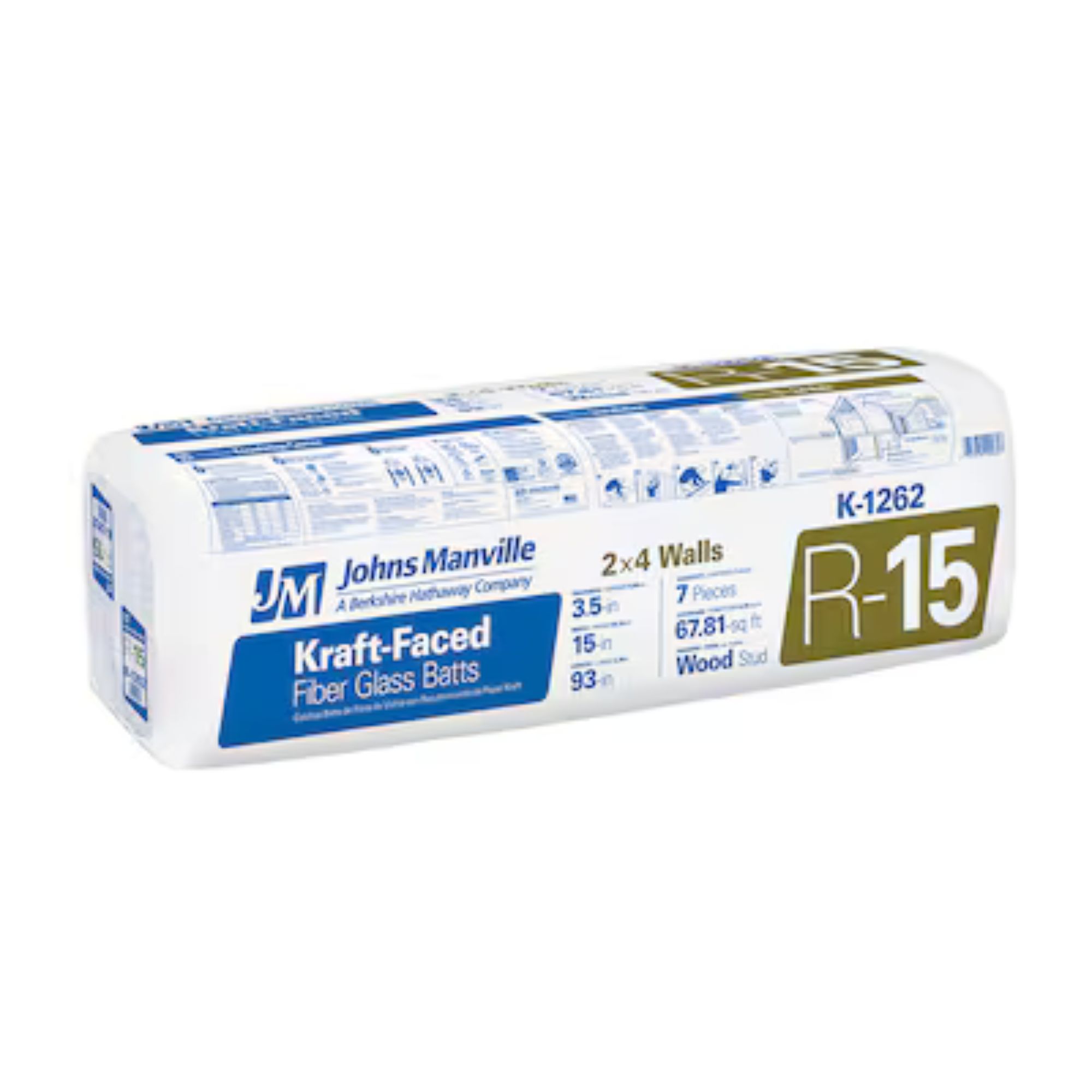
This fiberglass batt insulation is ideal for sound control, while providing a built-in vapor barrier for moisture control and improving energy efficiency. It's pre-cut and easy to install, simply press in place between studs and securely staple to framing.
All prices were correct at time of publication.
What are the pros of glass wool insulation?
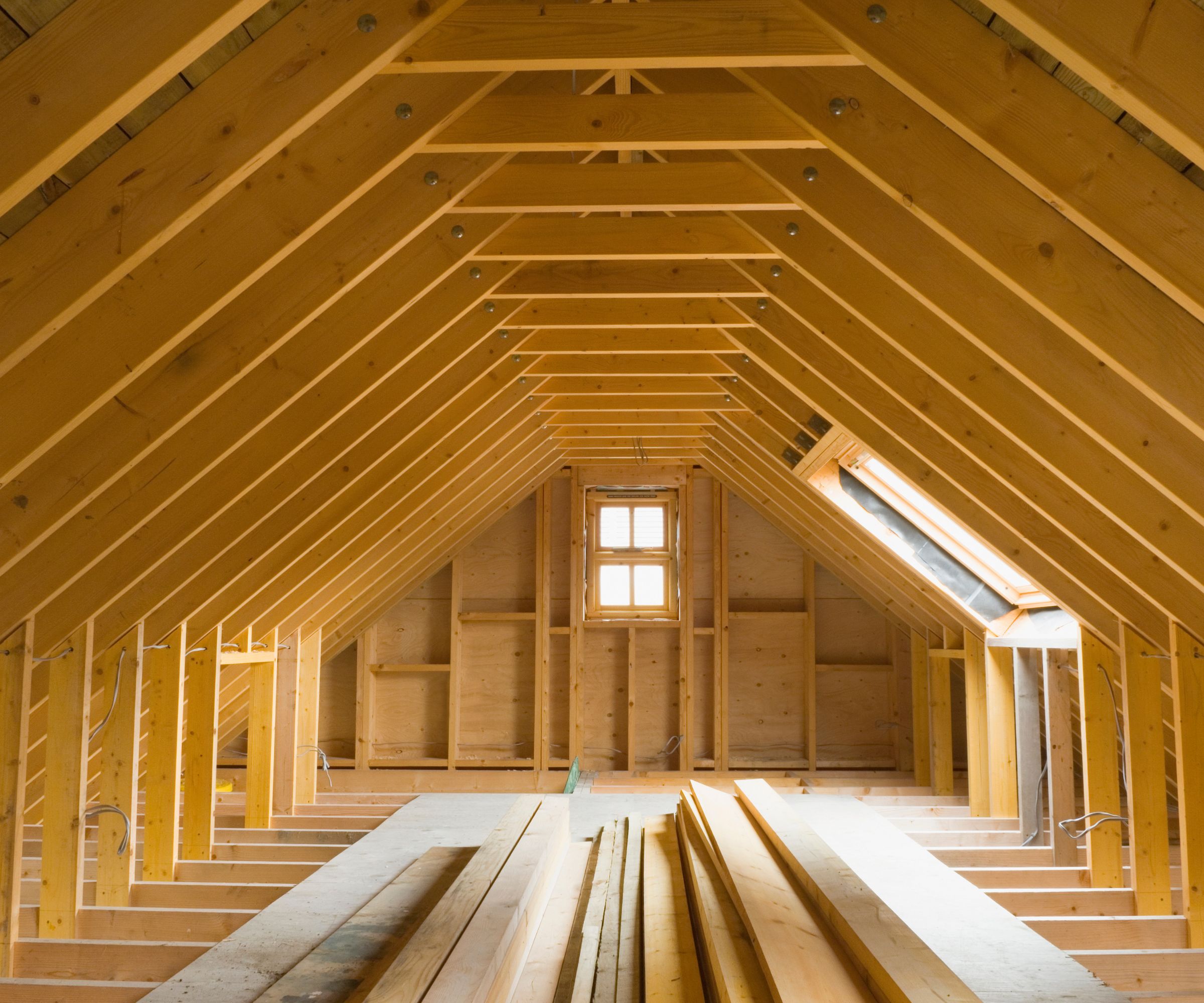
One of the most attractive pros of using glass wool insulation is that it is cheaper than traditional alternatives, and can be used to keep your attic at a comfortable temperature year round.
'Glass wool insulation is a very effective insulation, mainly for dry areas of the country,' says Matt Balducci, co-owner & CEO of HomeHero Roofing. 'The major "pro" of this material is that it insulates very well, keeping your home warm during the winter and cool during the summer.'
Martin Orefice, CEO of Rent to Own Labs also points out that it's simple to install, so can be used for any DIY renovation projects. He says, 'It's easy for homeowners to install themselves, making it a great option for DIY projects to retrofit attics and basements,' and it will save you money on home renovations and add value to your home, too. It's also highly fire resistant, so can be used to ensure your attic is safe.
And, if you're wondering why your heating is so expensive, Jason Hedtler, owner of Hedtler Roofing LLC, assures, 'I've found that in attics, glass wool cuts energy bills up to 25% in Massachusetts.'
What are the cons of glass wool insulation?
So, with so many pros, what are the cons of using glass wool insulation in your home?
Importantly, glass wool is not water-resistant. 'In fact if fiberglass insulation gets wet at all it will nearly instantly lose it’s insulation properties and at the same time become a substrate for old and mildew growth to run rampant,' says Rudin.
Owing to this, it loses effectiveness over time, and may need replacing more regularly than other alternatives. This is important if you live in a humid area. 'It is mainly suitable for areas without high humidity, since in damp conditions this insulating material will not work as well,' warns Balducci.
If you do attempt to DIY install this insulation, it is also prudent to note that glass wool insulation will cause extreme skin irritation. While there is no evidence that fiberglass poses severe risks like asbestos, there is still ongoing debate. 'One warning: protect yourself when handling this material,' says Orefice. 'The glass fibers can easily get into your skin, causing irritation.'
Be sure to wear fiberglass protection gloves, available at specialist stores, safety goggles such as the DEWALT DPG82-11 Concealer Clear Anti-Fog Dual Mold Safety Goggle available at Amazon, and a mask, such as the 8511 N95 Sanding and Fiberglass Disposable Respirator with Cool Flow Valve available at Home Depot.
Because of this, you may be wondering if you should hire a handyman. If you choose to, our essential guide to attic conversions is filled with handy advice from the pros, before you find a good contractor for your next project.
How do you know whether glass wool insulation is right for your home?
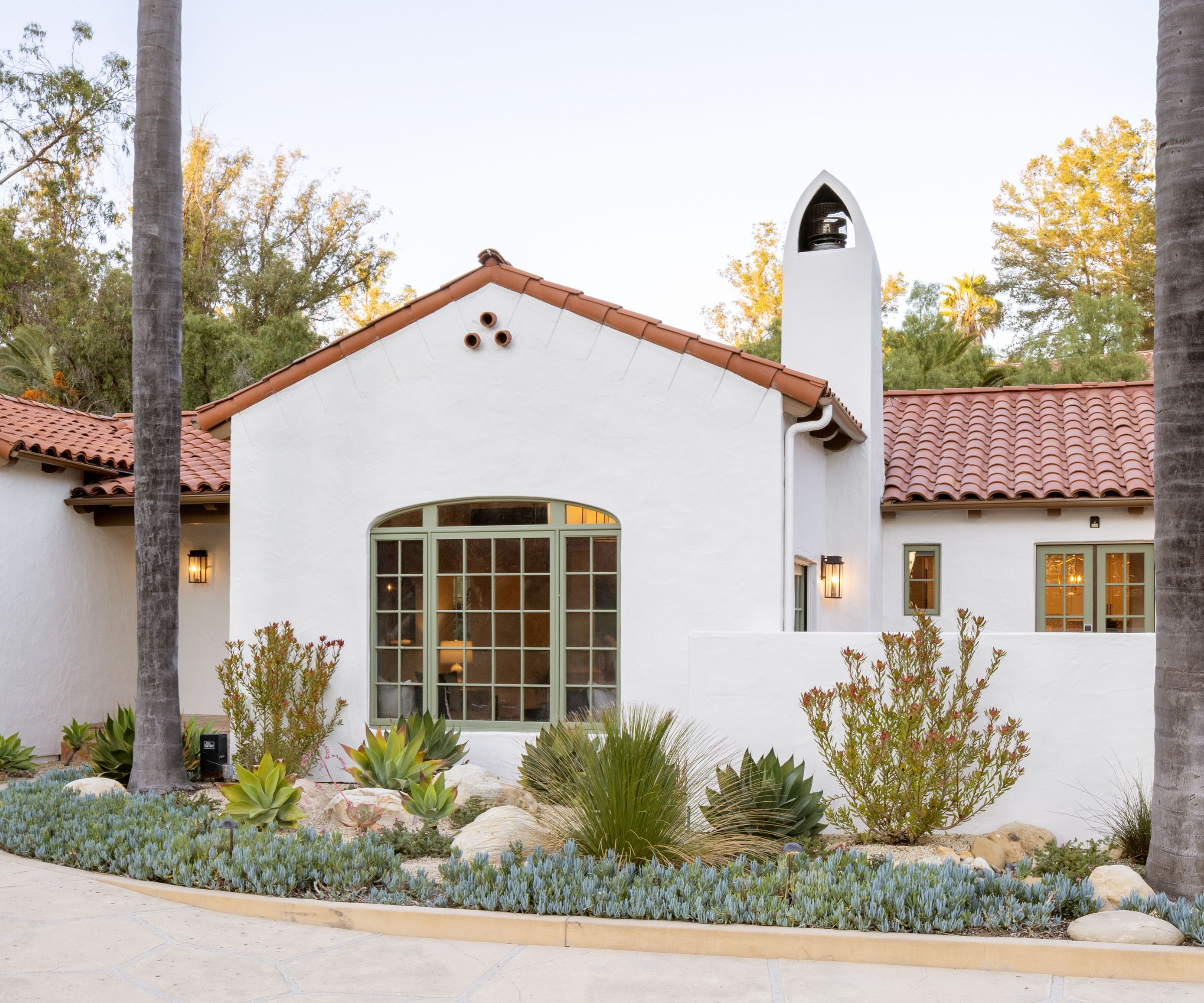
The first thing to consider is where you live – if your home is somewhere humid, rule out glass wool insulation immediately.
'To determine if it’s right for you, consider your budget, and whether you’re insulating an attic or walls,' says Bertuglia. 'In colder areas, higher R-values are better.'
The R-value is a measure of thermal resistance. The higher the R-value, the more thermally resistant your home will be. 'For attics, loose-fill glass wool is common; for walls, batts or blankets are typical,' adds Bertuglia.
'In my experience, glass wool suits many homes in Massachusetts if attic R-values of R-38 and wall R-values of R-13 are used,' says Hedtler. 'Higher R-values provide better insulation for the cost in cold weather. With proper thickness and professional installation, glass wool can lower heating bills despite downsides.
For the price, it's hard to beat if installed correctly.'
FAQs
What is the safest insulation to breathe in?
Insulation gets a bad reputation for being harmful to breathe in, but if you want a non-toxic option mineral wool or foam insulation inserts can be used, although foam inserts often contain formaldehyde. If you're looking for sustainable home renovation tips, our expert-led guide suggests ways to make your home more eco-friendly with features of sustainable design.
To stay safe, wear a protective mask during installation,
Did you know you can arrange a room to maximise heat and cut your energy costs?







